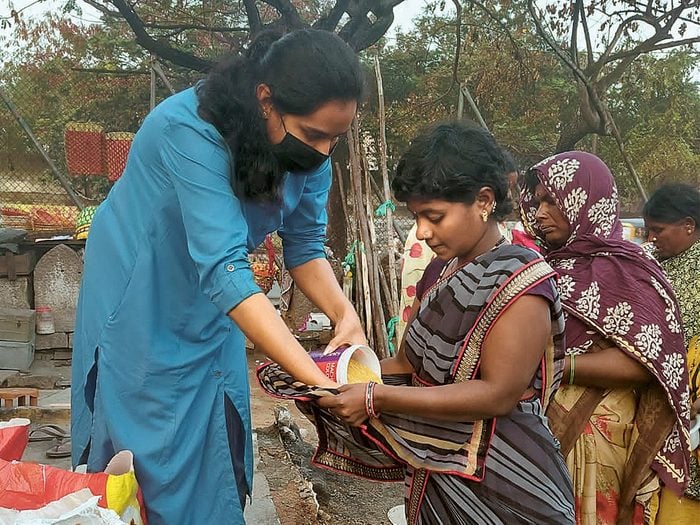
Rice bucket challenge, India
Perhaps you’ve heard of the Ice Bucket Challenge, a social media initiative that started in the United States and spread around the world, raising a whopping $115 million dollars for ALS (or Lou Gehrig’s disease) research. The idea is to take a video of yourself dumping a bucket of ice water over your head, then nominate three more people to do the same. In some versions, the participant donates $100 if they don’t complete the challenge.
“I did think it was an amazing way to garner awareness of ALS and raise funds,” recalls Manju Kalanidhi, a journalist based in Hyderabad, India. But it didn’t make sense in her country, where water is scarce and too precious to waste, even for a good cause. Then in 2014, it hit her: Why not help make it a Rice Bucket Challenge to fight hunger?
“I gave a bucket of rice to someone in need and clicked a photograph. Then I shared it on Facebook and said, ‘This is a Rice Bucket Challenge. Why don’t you do it, too?’” To participate, you simply donate a bucket of rice to an individual or family—no, it’s not dumped—take a photo and post it on social media with a message encouraging others to do the same. Or people can donate through a website set up for the cause.
“I don’t have a big army of volunteers, but I do have donations and I have people who need food, so I put them together.” To date, Kalanidhi says the Rice Bucket Challenge has raised millions of rupees and distributed an estimated 35,000 kilograms of rice.

#Dogselfie, England
Social media swept another charitable effort to success in the United Kingdom, where people posted photos of themselves with their beloved canines in support of the Manchester & Cheshire Dogs Home after a fire ripped through the facility and 60 dogs died. The initiative encouraged people to donate to the shelter, which raised the equivalent of around $3 million to rebuild.
Read about how adopting her first dog at 65 changed one woman’s life.
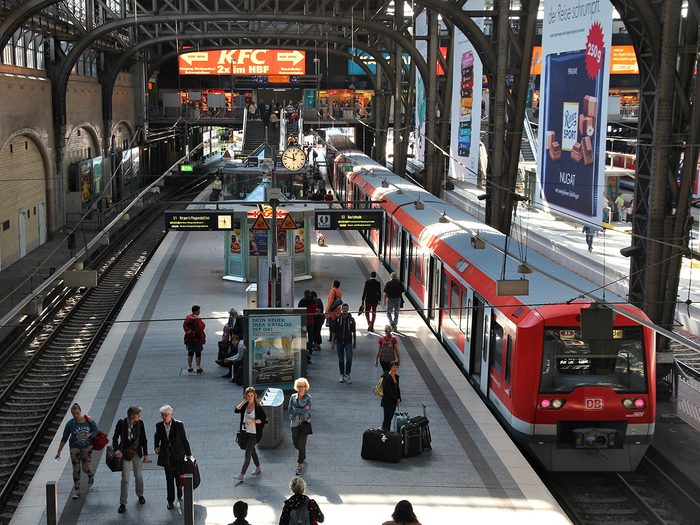
Donation fence, Germany
For the past six years, the non-profit association Hamburger Gabenzaun e.V. (Hamburg Give Fence) has encouraged locals in that city to hang sealed bags of donated clothing, hygiene items, sleeping bags and non-perishable food on a fence near Hamburg’s central train station. Though construction that began in May 2023 has forced the group to look for a new donation-fence location, its initiative will continue.
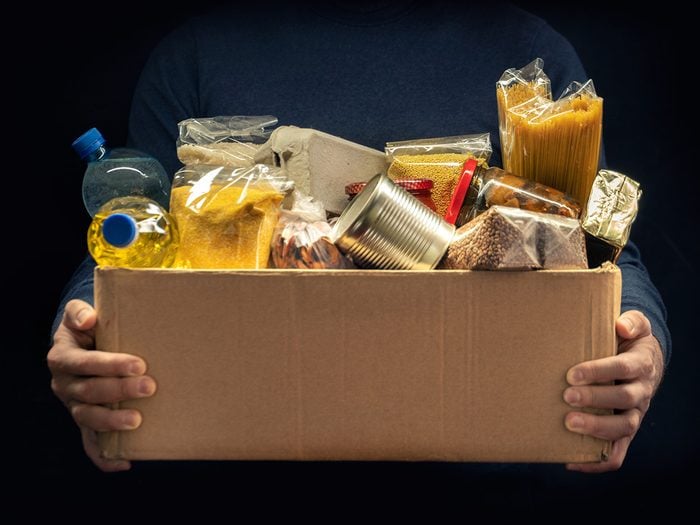
Food Angel, Hong Kong
Food insecurity has become a global problem for families as the cost of food increases. In Hong Kong, the people behind the Food Angel program collect 45 tonnes of edible surplus food each week that would otherwise be disposed of by grocery stores, restaurants and individuals. These items include fresh fruits and vegetables and other perishables that wouldn’t normally be accepted in a food-donation box.
The impact is significant: Volunteers make and serve around 20,000 meals and distribute more than 11,000 other meals and food packs every day.
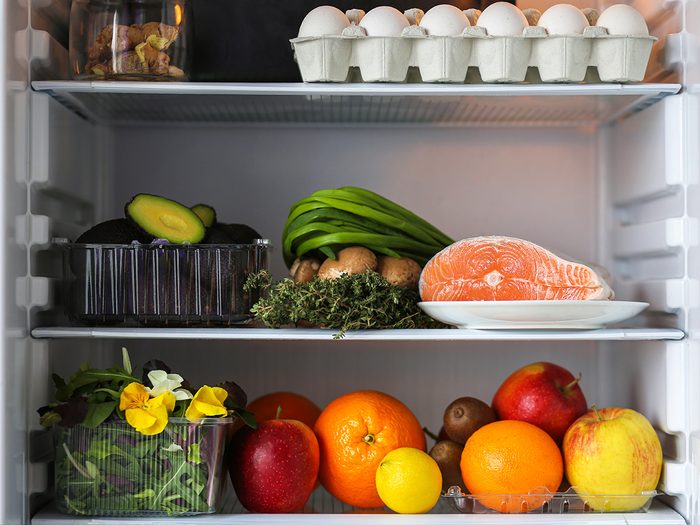
Frigos Solidaires, France
Imagine if those in need could help themselves to food with anonymity and dignity. Frigos Solidaires, or Solidarity Fridges, was started with that aim by Dounia Mebtoul, a young restaurateur in Paris. Now, 130 fridges installed in front of places such as shops and schools offer free food to the hungry across France. A similar program in Sweden is run by the volunteers of Solikyl, a food-rescue organization that encourages stores, hotels, restaurants and individuals to donate food rather than throw it out.

Mobile shower for women, Germany
Offering services where they’re needed is also key to the success of a blue-and-white travelling shower mobilized literally, by the Sozialdienst Katholischer Frauen e.V. Berlin (Social Service for Catholic Women in Berlin). The Duschmobil vehicle operates in eight locations across the city, six days a week, providing private hot showers to homeless women. Social workers operating it also offer donated clothing and toiletries, as well as coffee and conversation, to women who are struggling.
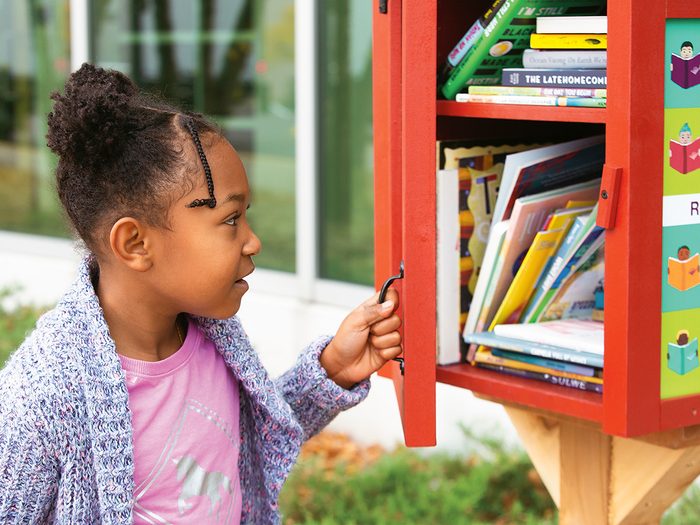
Little Free Libraries, various countries
Another visible example of the gift network in action are Little Free Libraries (LFLs), which sit atop eye- level posts. Worldwide, 120 countries host LFLs, most of them in Canada and the U.S. All you need to do is build (or buy) a box and fill it with books you’ve finished reading. Registering your LFL with the organization lets avid readers find its location through their mobile app. The more creative LFLs look like real libraries, schoolhouses or replicas of the homes behind them.
Anyone can take, leave or exchange a book from the box. The goal is to promote literacy, but community-building, as neighbours connect, is a happy bonus.
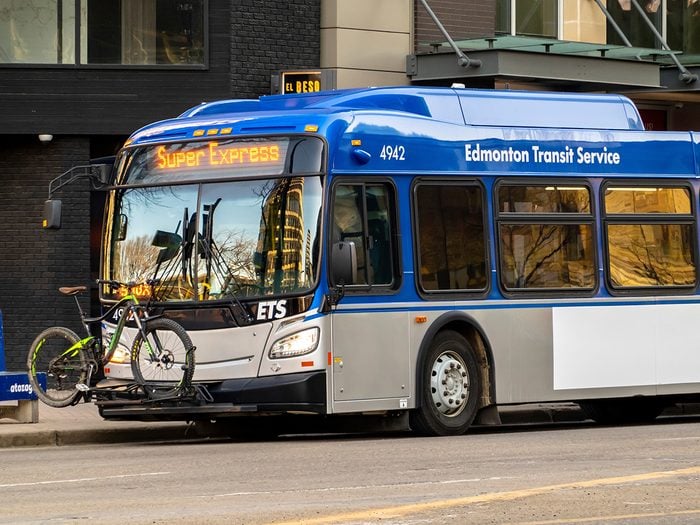
Stuff a Bus, Canada and the U.S.
In Edmonton, the transit service parks vehicles in front of local supermarkets for its annual “Stuff a Bus” campaign each November. Volunteers collect non-perishable food and cash donations from shoppers to fill buses bound for local food banks. Since its inception in 1995, the campaign has collected 553,000 kilograms of food and roughly half a million dollars.
Across the country to the east, St. Francis Xavier University in Antigonish, Nova Scotia, also has a Stuff the Bus campaign; it collects money and non-perishable food items to support students and local food banks.
And in Chambersburg, Pennsylvania, United Way volunteers have an annual drive to fill a yellow school bus with paper, binders and other school supplies to help local students.
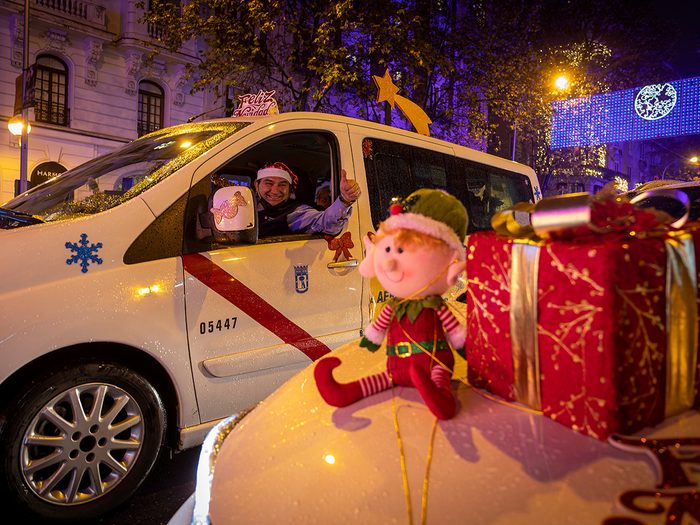
TaxiLuz, Spain
Since 2016, taxi drivers in Madrid have devoted one evening each December to decorating their cabs and taking the elderly, as well as children who have been hospitalized, on a two-hour tour of the city’s Christmas lights. The annual event has expanded to include taxi drivers in 13 other cities in Spain. The group reports that in 2022, nearly 1,000 taxis and 3,000 seniors and kids participated.
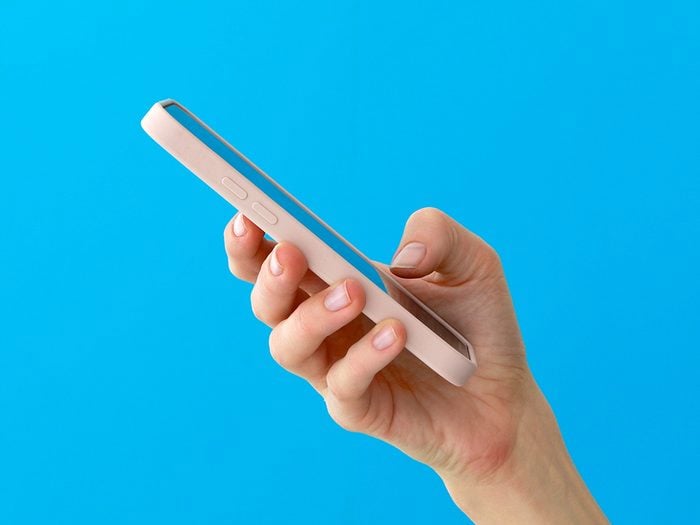
Commu app, Finland
How do people wanting to volunteer connect with groups needing help? In 2021 in Finland, three 20-something entrepreneurs founded Commu, an app that makes it easy for individuals to offer help to those in need or to ask for help in their communities. It works in Finnish, English, Ukrainian, German and Norwegian and features a special area on the app that focuses on the needs of Ukrainian refugees in Finland.
Read about Canadian families who hosted refugees in their homes.
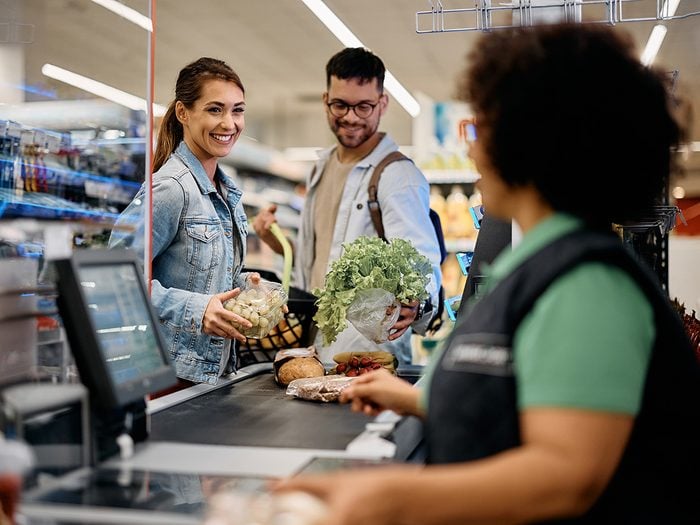
Giving at the checkout, Canada and the U.S.
You’ve likely seen charity-donation boxes for coins and bills next to cash registers. For the last few years, people paying for their purchases with debit or credit cards have also been invited by cashiers to round up their purchases, or to add a couple of dollars to the total bill, in support of a designated cause. This has been making it so easy to give that, in 2022 in the U.S., for example, some $750 million was raised by 77 point-of-sale fundraising campaigns.
You don’t get a tax receipt, but here’s a myth-busting fact: neither does the retailer.
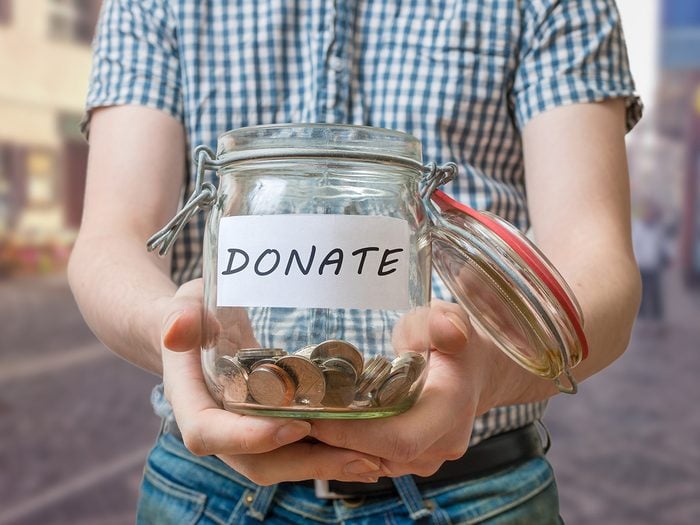
Donation dollar, Australia
Motivating people to donate is the objective of a unique one-dollar coin created by the Royal Australian Mint. Featuring a green centre with a gold ripple design, the coin reminds people who find it in their change to donate it to charity. The ripples symbolize the coin’s ongoing impact while it continues to circulate. According to the Royal Australian Mint, by the end of 2022, 11 million Donation Dollars had gone into circulation.
Eventually a total of 25 million coins will be released, or roughly one for every Australian. It estimates that by the end of last year, about $2 million had been donated to charities and people or businesses in need.
Next, read about a charity that uses art to fight homelessness.